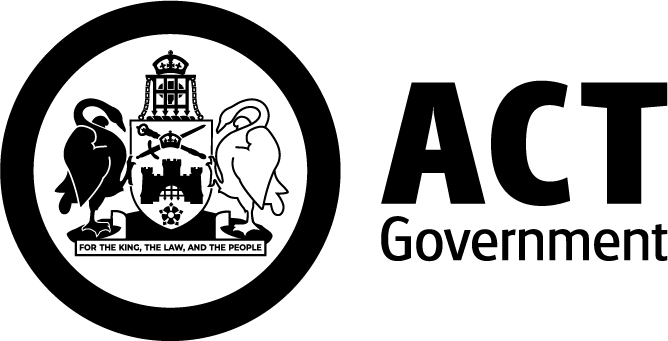Rainwater tanks
You must ensure your water supply is safe if you use rainwater tanks or other private water supplies for drinking water.
There may be particular issues for water supplies in fire-affected areas, as well as to normal health-related issues related to rainwater tanks.
Contamination
Water from rainwater tanks or deep bores is usually safe to drink. However, it can sometimes be contaminated by human, bird or animal faeces, usually from leaking septic tanks, wastewater drainage or bird or animal droppings on roofs.
Local streams may also be contaminated by runoff washed from farmyards, pastures and drains, making them generally unsuitable as a source of drinking water unless the water is properly treated.
Harmful microorganisms
Contaminated water may contain harmful microorganisms, such as viruses, bacteria such as salmonella or campylobacter, and gastrointestinal parasites such as giardia or cryptosporidium. These harmful microorganisms, known as pathogens, are not visible to the naked eye and may even be present in relatively clear water.
Drinking water containing these microorganisms can cause severe gastroenteritis, possibly lasting for several weeks. Infants, the elderly and people with suppressed immune systems are most likely to be affected.
Chemical contaminants are usually less common than microbiological contaminants, but they can still be present in the rural environment.
For example, soil from old industrial, mining or agricultural areas may contain arsenic, heavy metals, pesticide residues or other chemicals.
If dust is blown onto your roof and is washed into your rainwater tank, chemical residues may build up in the water. Runoff from roofs in urban or industrial areas may also contain chemical pollutants from the air.
Planning, installing and using rainwater tanks
Go to the ACT Government's planning website to learn more about rainwater tanks and water efficiency.
